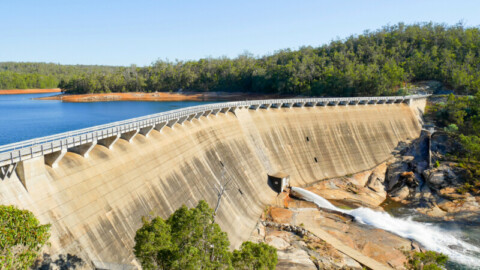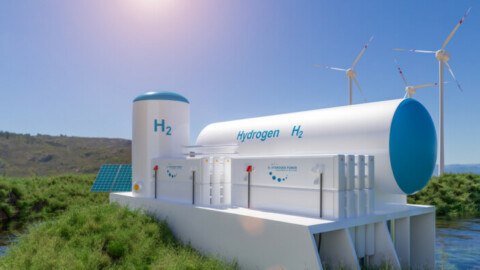A directions paper recently released by the Australian Energy Market Commission (AEMC) has outlined recommendations for increasing the take-up of smart meters in households and businesses, recognising them as crucial to the future of energy.
Smart meters accurately measure electricity usage and power quality. They can share information wirelessly and more quickly to energy consumers, retailers and distributors.
AEMC Chair, Anna Collyer, said, “Consumer awareness of smart meters remains low and research we commissioned has found it likely that one-third of people who have a smart meter are unaware it exists, let alone getting any benefits from the data.
“We need the aggregated data that sufficient numbers of smart meters could provide on usage and power quality before we can really rely fully on these resources to power the grid.”
The directions paper recommends requiring retailers to install smart meters when consumers request them, and reducing delays in replacing meters.
The benefits of smart meters remain largely unrealised for homes, businesses and the grid because the rollout so far has been slower than expected.
Victoria made smart meters mandatory in 2011 but in New South Wales, Australian Capital Territory, Queensland and South Australia only 25 per cent of premises have a smart meter. Tasmania is slightly higher at 35 per cent.
Potential benefits of more consumers having smart meter access include:
- Virtual power plants where neighbourhoods could trade rooftop solar power and other stored energy
- Remotely identifying outages or impending power supply problems without needing consumers to discover and report the issue
The directions paper will be open to submissions and discussion for the next six weeks, with a draft report later in 2021 and a final report early in 2022.
















